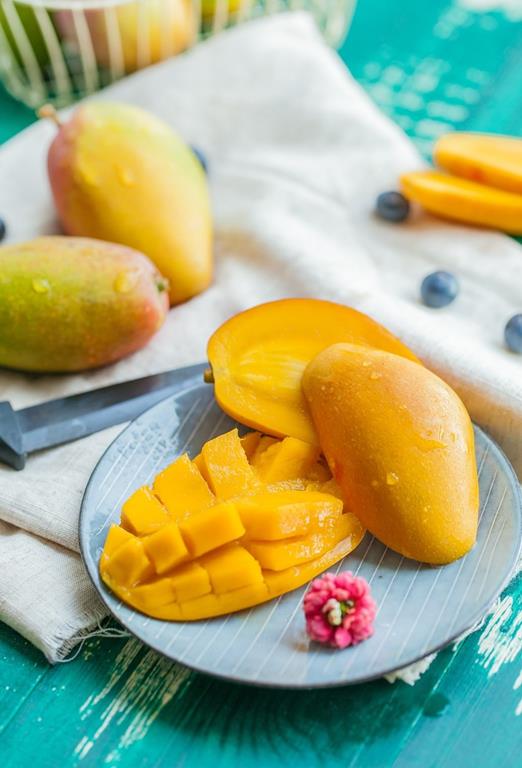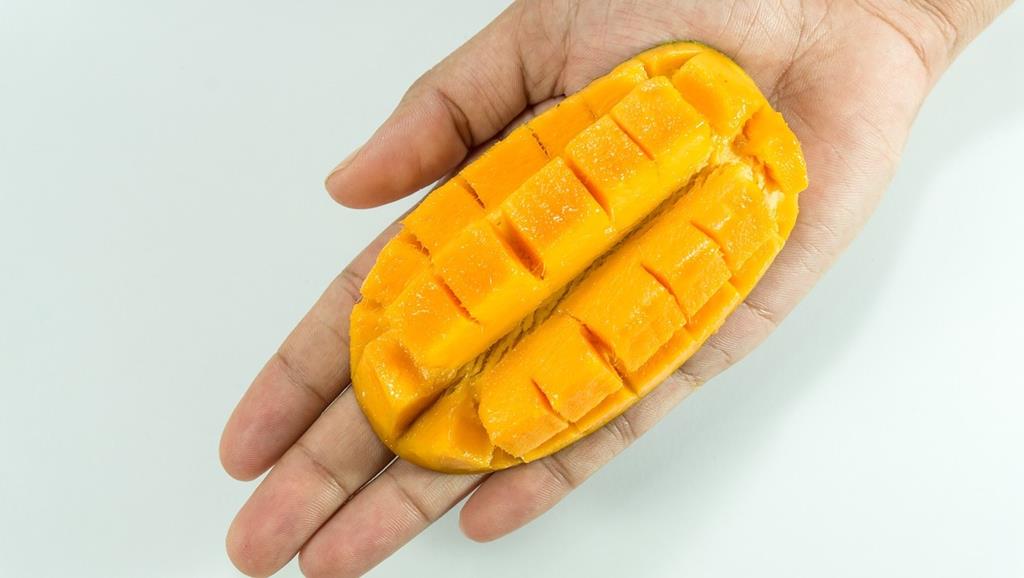Cats are known for their discerning tastes when it comes to food. While they primarily thrive on a diet of meat, you might find your feline friend showing interest in various fruits and vegetables, including mango. As a responsible cat owner, it’s crucial to ensure that the food you offer your cat is safe and healthy for their consumption. So, can cats eat mango? Let’s delve into the details.
The Basics of Cat Nutrition
Before we explore the idea of feeding mango to your cat, it’s essential to understand the fundamental principles of cat nutrition. Cats are obligate carnivores, meaning their bodies have evolved to thrive on a diet predominantly consisting of animal-based protein. Their digestive systems are designed to break down and absorb nutrients from animal sources efficiently.
Proteins, amino acids, and essential fatty acids derived from meat are vital for maintaining a cat’s health. They also require specific vitamins and minerals that are primarily found in meat-based diets. These nutrients include taurine, vitamin A, and arachidonic acid, which are essential for their overall well-being.
Can Cats Eat Mango?

Now, let’s address the central question: can cats eat mango? Mangoes are a tropical fruit that humans often enjoy for their sweet and juicy flesh. While cats can eat small amounts of mango in moderation, it’s essential to be cautious for several reasons:
- Mango is High in Sugar: Mangoes are naturally high in sugar, which is not a part of a cat’s natural diet. Consuming too much sugar can lead to various health problems in cats, including obesity and diabetes.
- Fiber Content: Mangoes also contain dietary fiber, which can be challenging for some cats to digest. Excessive fiber intake can lead to gastrointestinal upset, such as diarrhea or vomiting.
- Allergies: Just like humans, cats can have food allergies or sensitivities. Mangoes are not a common allergen for cats, but there is still a risk of individual cats having adverse reactions.
- Pits and Skin: The mango pit (or seed) and skin are not safe for cats. The pit contains a small amount of cyanide, which can be toxic if ingested. Additionally, the tough skin can be difficult for cats to digest and may cause intestinal blockages.
How to Safely Offer Mango to Your Cat

If you decide to offer your cat a small amount of mango as an occasional treat, follow these guidelines to ensure their safety:
- Remove the Pit and Skin: Always remove the pit and skin before giving your cat a small piece of ripe mango. Make sure it’s cut into tiny, manageable pieces to prevent choking hazards.
- Moderation is Key: Limit the amount of mango you offer your cat to a tiny portion. Remember that it should be an occasional treat rather than a regular part of their diet.
- Observe for Allergic Reactions: After offering mango to your cat for the first time, monitor them closely for any signs of allergic reactions or digestive issues. If you notice any adverse reactions, discontinue feeding them mango immediately.
Can cats eat mango skin or peel?
Cats should not eat mango skin or peel. The skin of a mango can be tough and difficult to digest for cats, which may lead to digestive issues or even blockages in their gastrointestinal tract. To ensure your cat’s safety, always remove the skin and offer only the fleshy part of the mango, cut into small, manageable pieces. Additionally, remember that mango should only be given as an occasional treat and not as a significant part of your cat’s diet. Always monitor your cat’s reaction when introducing new foods, and if you have any concerns, consult your veterinarian.
FAQs about whether cats can eat mango:
Can cats eat mango at all?
While cats can technically eat small amounts of mango, it’s not a natural part of their diet, and it should only be given as an occasional treat.
Is mango safe for cats to eat?
Small quantities of ripe mango are generally safe for cats, but it should be fed in moderation. Make sure to remove the skin and pit before offering any to your cat.
Are there any health benefits to giving cats mango?
Mango contains vitamins and minerals like vitamin A and vitamin C, but cats typically get these nutrients from their regular cat food. Mango is not a necessary part of their diet.
What about the mango pit? Is it safe for cats?
Mango pits (or seeds) can be toxic and pose a choking hazard to cats. Always ensure the pit is completely removed from any mango offered to your cat.
How should I introduce mango to my cat’s diet?
Start by offering a tiny piece of ripe, skinless, and pit-free mango. Observe how your cat reacts and ensure they don’t have any adverse reactions. If they enjoy it and tolerate it well, you can offer small, occasional pieces as a treat.
Are there any potential risks associated with feeding cats mango?
Feeding cats too much mango can lead to digestive upset, including diarrhea, due to the fruit’s natural sugars and fiber content. It’s essential to provide mango as an infrequent treat and not a regular part of their diet. If you have any concerns or if your cat experiences any adverse reactions after eating mango, consult your veterinarian.
Conclusion
While cats can eat small amounts of mango without immediate harm, it’s essential to approach it with caution due to its high sugar content, potential for allergies, and the risk associated with the pit and skin. Remember that a cat’s primary dietary needs are met through a well-balanced, meat-based diet. If you’re considering introducing any new foods into your cat’s diet, consult with your veterinarian to ensure it aligns with their specific nutritional requirements. Always prioritize your cat’s health and well-being when making decisions about their diet.



